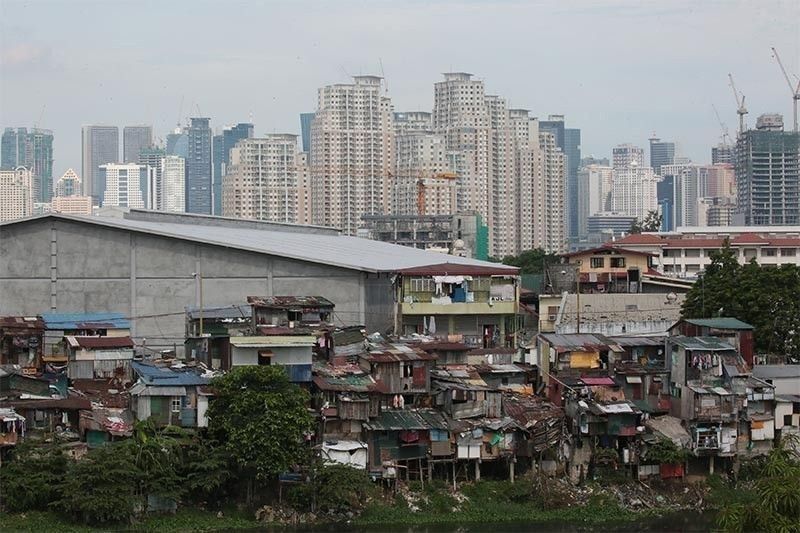Living below your means

Live within your means.
This is the adage that comes to mind when one reflects on the early proposal of Department of Budget and Management (DBM) Secretary Amenah Pangandaman to cut government bureaucracy.
This reorganizational under taking can help the government save a significant amount of funds that could be channeled to priority projects such as infrastructure, social services, health and agriculture. Secretary Pangandaman elaborated that the government could save P14.8 billion annually from personnel services if 5% of the government is affected by the rightsizing program.
In his State of the Nation Address (SONA) last July 25, President Ferdinand “Bongbong” Marcos Jr. identified the National Government Rightsizing Program (NGRP) as the top legislative priority under his administration.
The government has been incurring a budget deficit for many years prior to the COVID-19 pandemic, which means that the government was spending more than what it was earning. This was the main reason why it borrowed heavily to finance the budget shortfall amid the public health emergency.
However, this planned bureaucratic cut will not reduce the country’s budget deficit by itself, as manpower reduction is just one of the means to achieve that goal. The all-inclusive solution is fiscal consolidation, which is the programmed effort to reduce the fiscal deficit by ensuring that total revenues are higher than total spending in order to achieve robust economic growth and sustainable public finance.
In the private sector, cutting down manpower size is called retrenchment, a dire situation wherein businesses slash jobs in order to lessen overhead costs. This is usually triggered by falling company profits, mounting debt, or other economic downturns.
But then again, the fact remains that job losses contribute to greater social inequality and the rise of poverty, crime rates and other social problems. This is why most companies take retrenchment as a last resort. As such, they first turn their attention to product development, expansion of market share, and other endeavors in an effort to avoid having to fire workers. If those actions are not enough, companies reorganize their ranks and implement austerity measures, focusing on representation and entertainment (R&E) costs and transportation costs, among others.
In recent years, the Commission on Audit (COA) flagged numerous government offices for employing special advisers, consultants, and contractual workers who perform functions that duplicate those of incumbent workers.
Hence, in order to achieve a streamlined government bureaucracy, the rightsizing effort should be based on an enterprise-wide and unified austerity program, because firing workers arbitrarily will just solve one problem and create another. Worse, it will aggravate the national unemployment rate of 6% as of May 2022, which translated to 2.93 million jobless Filipinos.
Unfortunately, since the pandemic began in 2020, people in government did not seem to have any austerity program in mind even after their offices were flagged by COA for various excesses. Hence, it is about time they adopted a policy of “living below your means” across all layers of government. With an integrated austerity program in place, the government can better achieve its intended fiscal consolidation since the reduction does not hinge entirely on manpower cuts, but also on other variables like the use of fuel and similar resources.
This is where government policymakers can pick some ideas from the private sector. The idea of “living below your means” is nothing new. It is a common practice where well-managed companies rationalize their costs even when revenues are high in order to mitigate risks during unforeseen business downturns. That explains why some companies report huge profits even amid difficult times and certain countries posted economic growth during the COVID-19 pandemic.
Indeed, sometimes less is better.
The removal of redundant or unnecessary functions, programs and projects will aid in simplifying and streamlining government processes as well as in enabling the delivery of public services to be more efficient and responsive to citizens and businesses alike.
In turn, government resources can be better directed to crucial sectors that are in dire need of significant funding. Savings from the bureaucratic cut can also be channeled to national debt payment, which today has ballooned twice over due to over-borrowings by the previous administration.
Since the country has just come from its worst recession in recent history while carrying its huge load of national debt – now at P12.50 trillion as of end-May 2022 – it is imperative for the government to achieve financial normalcy at the soonest possible time.
Cutting down bureaucratic fat but continuing unnecessary spending in other areas of government will not reduce the fiscal risks that the country continues to face. A government-wide austerity program that includes a bureaucratic reorganization will synthesize an evidence-based public policy to achieve fiscal consolidation.
The government has no better choice if it wants to attain upper-middle-income economy status in the near-term. The pressing reality is that, to date, we are not living in the best of times.
Venice Isabelle Rañosa is a research manager at think tank Stratbase ADR Institute.
- Latest





























